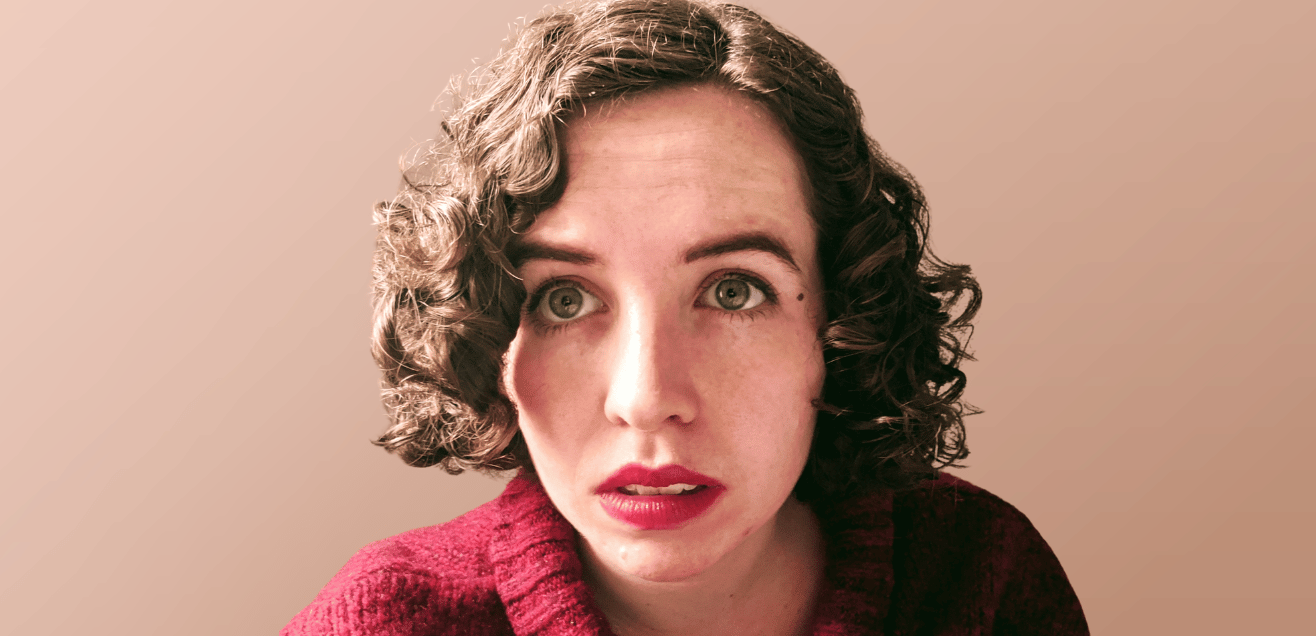Lost in books and fascinated with creating objects on the computer from a young age, Emma Cooney always knew that she wanted to pursue a creative career. Here she explains how working as a Look Development TD at Industrial Light & Magic allows her to fuse her fine art background with the more technical know-how of visual effects and thrive in an industry that is collaborative at heart.
Tell us a bit about yourself and your background.
I was born in London but I’ve lived most of my life in Sydney with my parents and younger brother. I grew up in a very creative household, and I was encouraged to pursue my artistic interests from a young age, which I will always be extremely grateful for. I was always quite bookish, easily lost in fantasy and sci-fi novels, and in my early teens I gained a fascination for the possibilities of making things on the computer.
The first time I realised that 3D objects were created by hand was probably when I discovered the modding community for The Sims 2. The online community for the game had curated a vast and varied online database filled with written tutorials that detailed methods for editing textures in Photoshop and the meshes of clothes and furniture in a strange program called Milkshape 3D. Since then I guess I’ve just never stopped playing around with how objects look on the computer!
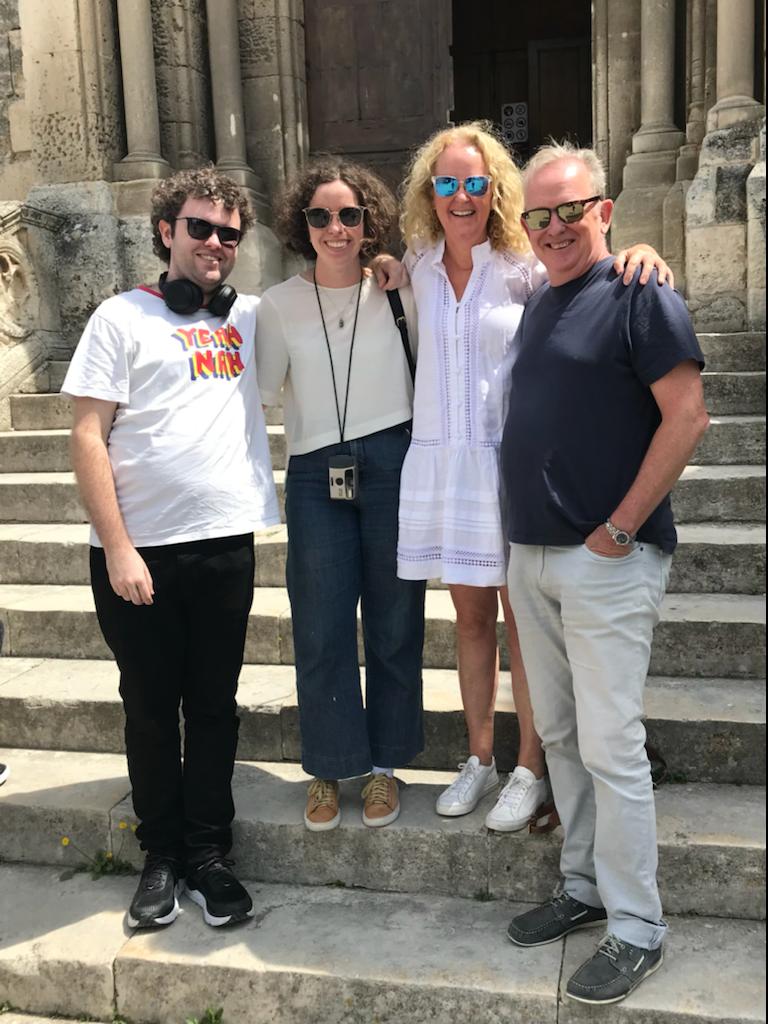
How did you get into the VFX industry?
After high school, I went straight into university and completed a Bachelor of Fine Arts at the National Art School in Sydney. I knew I wanted to work in the creative industry, but hadn’t really settled on any kind of specialisation, so I decided that I’d first explore a broader education in art practice and theory to start. That degree was fantastic for helping me hone my artistic skills and ‘eye’, as well as exposing me to a huge depth of art history, and of particular importance, the relationship between film and art.
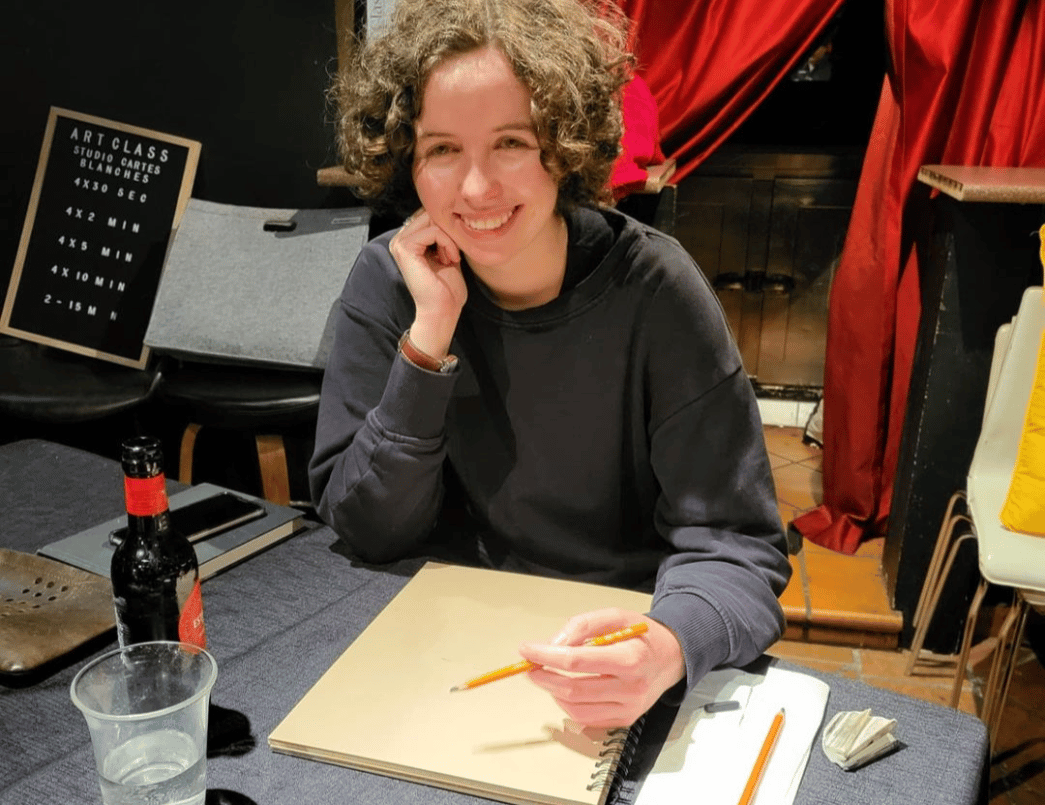
Following my Bachelors, I decided to pursue a career in VFX, and I ended up being part of the first year of students completing the Masters of Animation and Visualisation at The University of Technology in Sydney. That course was a great introduction to the skills and working style of the VFX industry, and the following year I helped as a teacher’s assistant at the academy. Following that, I gained my first job in the industry as a lighting artist.

What inspired you to work in visual effects?
Like so many, I grew up with a love of films, but what really inspired me to work in VFX was the idea of collaboration. At art school, you’re predominantly taught how to develop creative projects as a solo artist, and every element of the process is a task you are responsible for. But with film, you’re part of a larger creative mechanism, and while your responsibilities and creative input are more limited and niche in nature, you get to spend your working day working with others who share a passion and goal for the work you are all producing.
What does a Look Development Technical Director do at ILM?
Look Development is a pretty unique department, we act as the ‘bridge’ between the texturing and lighting departments. We are at the very end of the ‘assets’ part of the pipeline, and our job is all about taking assets to that next level of realism and finesse. We work in the same program as the Lighting team, but instead of working on a shot or scene, our job is focused on a single asset, which could be a character, prop, vehicle or set. We then apply ‘materials’ which package up the work texturing have done, and then add physically based tweaks to the asset.
Whether it’s adding subsurface scattering to skin, adding variation in colour and sheen to hair, building up layers of wear, dust and dirt on a building, or setting up lights within a vehicle, we’re all about pushing things to look the best they can.
We work very closely with both the Texture and the Lighting teams, when an asset is in progress there is often a lot of back and forth between the Look-dev and Texture artist about the creative direction the asset is moving in, and what is required on the look-dev side to achieve that. It’s a very collaborative process that involves discussion, reference gathering and passing settings back and forth between departments. It is very creatively satisfying and can lead to results that neither artist could have achieved alone.
When working with Lighting, we often put more into the role of troubleshooting, making sure that our latest work is making its way to the shot correctly, and assisting when render-based issues arise. Occasionally you will also work on ‘shot-based look-dev’ where an asset is worked on directly within the lighting environment. The department has a really nice balance of creative and technical challenges, and plenty of room to expand your knowledge and technical skills in either manner.
Name three skills all Look Development TDs should have.
Communication and collaborative skills are very important. You spend a lot of time discussing the development of some assets, and being able to share ideas and take on new ones is vital to getting the best results possible.
An eye for detail is pretty mandatory across all departments, so to be more specific, I think an understanding and interest in material properties is very important. How does glass refract light, how matte/glossy is plastic, and why does metal feel different to metallic paint, all of these questions inform your understanding of a surface and can help you create a greater sense of realism. Conversely, a solid understanding of these properties also helps you break from reality when you need to.
Finally, I think a willingness to be flexible in your approach and thinking is extremely useful for look-dev. Briefs for your work can run the gamut from hyper-specific to exceedingly vague, and being willing to pivot and experiment with surface treatment and working approach can help tremendously with solving creative challenges.
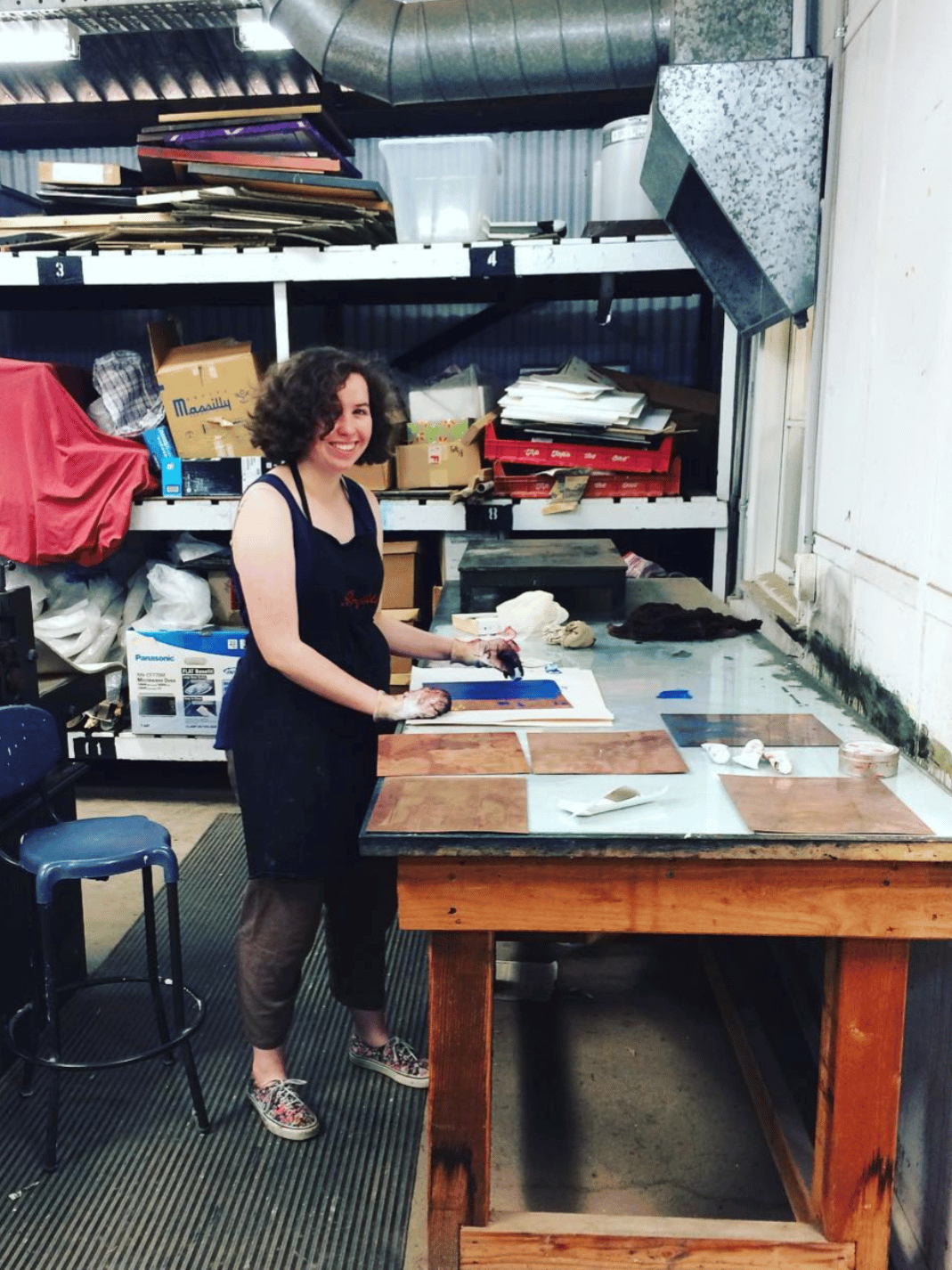
Best practical advice you can give to someone who wants to work as a Look Development TD?
Look Development is a pretty niche department, and is often bundled up into Texturing or Lighting in smaller companies. As such, I think having some experience with the workflows of either neighbouring departments is very useful. Not only does it give you context for where your work lies in the grander pipeline, but it gives you an understanding of what Look-dev can do that the other two departments can’t. Lighting artists can edit material, but they don’t have the time that we do to really take things to that extra level of finesse. Similarly, Texture artists can create the materials for Lighting, but they work predominantly in a painting program and are more comfortable with editing the quality of a surface with maps rather than the settings of the material.
What is your favourite part of your job?
The collaborative nature of this work. On every project I’ve worked on, I have enjoyed seeing how someone else’s creative vision has been added to by every single person involved in an asset. Everyone involved gets a chance to add something unique, and there are very few other industries where that’s the case. It’s also a real pleasure to work with so many different people from different backgrounds, it’s always fun to meet someone from a totally different department and hear about what they’re working on.
The VFX industry has traditionally been a more male-dominated industry but this is changing fast. Do you feel your gender has impacted your work?
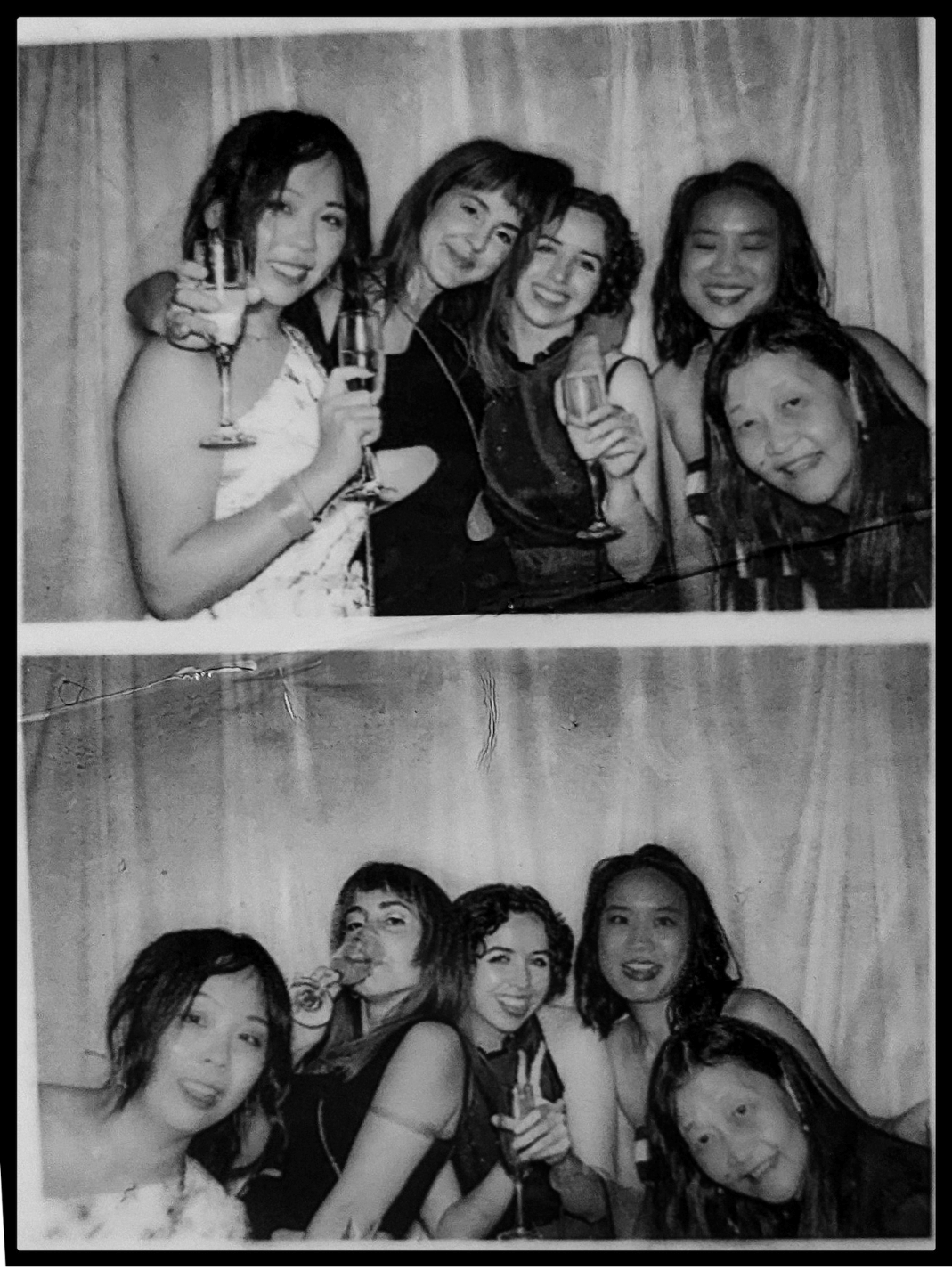
This is a complicated question because your gender can sometimes influence how you see yourself in the team and your own work. As a young female junior, I felt a lot of internal pressure to put my full effort into work to ‘prove’ I could fit in. I felt that if my work could speak for itself, then my gender would be irrelevant. Several years on I’m more self-assured that I don’t need to prove my worth within a team, but there are still moments when I can get caught out by self-doubt.
I think one of the most useful things to keep in mind when it comes to the gender balance within the industry is that historically women have always been involved in computer-based jobs. Ada Lovelace is regarded as the first computer programmer due to her work on the Analytical Machine, and my own grandmother was an early punched card programmer, along with hundreds of other women who created complex early programs whilst typist machines were seen as the domain of the secretary.
Similarly on the creative side, Disney’s Ink and Paint department was also filled with a majority of women. Creatively and technically, there’s a rich history of women working in film and technology, and I have no doubt that this will continue to be the case well into the future. The key difference between then and now is that the hard work of women in the industry is much more recognised and readily credited. It’s not perfect, as many modern studies show, but we are trending towards balance.
Any advice to other young (wo)men out there who are considering a career in VFX?
If this is something you’re passionate about, then there’s no reason not to pursue it! No matter if your skills are technical or creative, there is a role within this industry for you, and it’s getting easier and easier to find your way in. Even compared to five years ago, there are a huge range of online resources out there now that detail the kinds of work available within VFX, and even free tools such as Blender are great ways to experiment with 3D. You don’t have to be a jack of all trades to enter the industry either. As I mentioned earlier it’s a very collaborative environment, so it’s more about finding out what element of the VFX process really speaks to you.
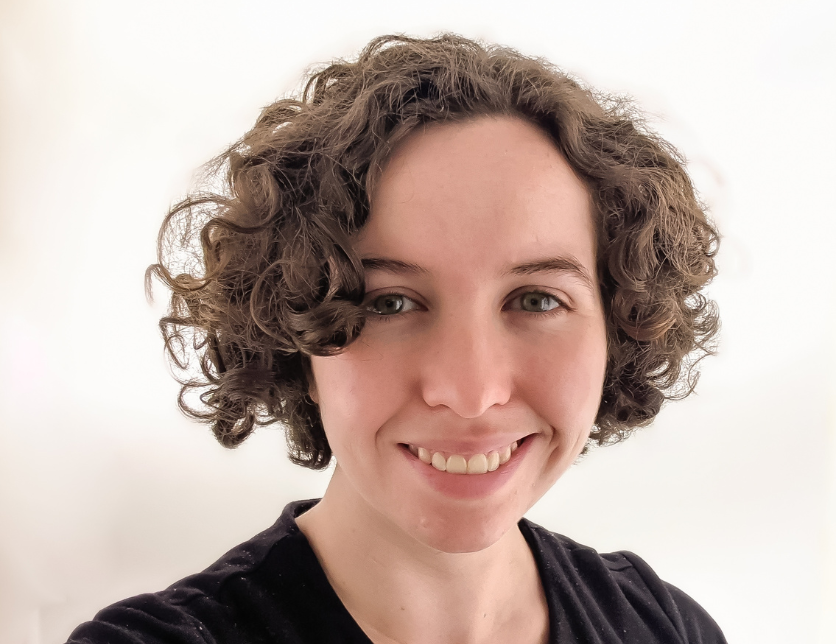
It’s also not necessary to have come from a course or degree to get into the industry, the biggest thing I learnt from my own course was that it’s very much a “Who you know + What you know” industry, particularly in Australia where we are still growing as a VFX hub. Having someone who can vouch for you in the application process is just as vital as having a good showreel.
What excites you the most about the VFX industry?
I think the creative variety is still probably the most exciting thing about the industry. There are so many ways to create a film, and whether it’s a fully 3D animated feature, or an extremely limited use of VFX in a live action film, there are always unique ways to approach the work set for us, and there’s always some room for experimentation. I think that there is a vast range of creative approaches to VFX, and I’d be keen to see that pushed further in films, particularly I’d like to see more experiments with stylisation, or unorthodox photo-realism in 3D features in the future.
What is your biggest passion outside of work?
My main passion is still traditional art-making. It’s not something I share or promote, it’s more of a personal creative release that I’m happy keeping to myself. Having solid time away from the computer is very important when your job requires you to be focusing hard on a screen for 8 hours a day. I also really enjoy cooking in my free time, which again is another ‘hands-on’ creative activity that’s screen-free!
If you hadn’t become a Look Development TD, you would be working as?
If we’re talking within the VFX industry, I would probably still be in Lighting. It’s still a department I’m very fond of, but I think my skills are definitely better suited to look-dev.
Alternatively, if I’d never pursued VFX I guess I’d either be a practising fine artist, or I’d have worked to pivot into illustration. Some form of creativity in my work is non-negotiable!
Where do you see yourself in 10 years?
Older, and hopefully wiser! In all seriousness, I’d like to have worked overseas in that time, hopefully had a chance to try out leadership in some form or another, and ideally, I’ll still be learning and growing my creative and technical skills. There’s so much to learn in our industry, and with tools and techniques changing all the time, I want to keep getting excited about our work long into the future!
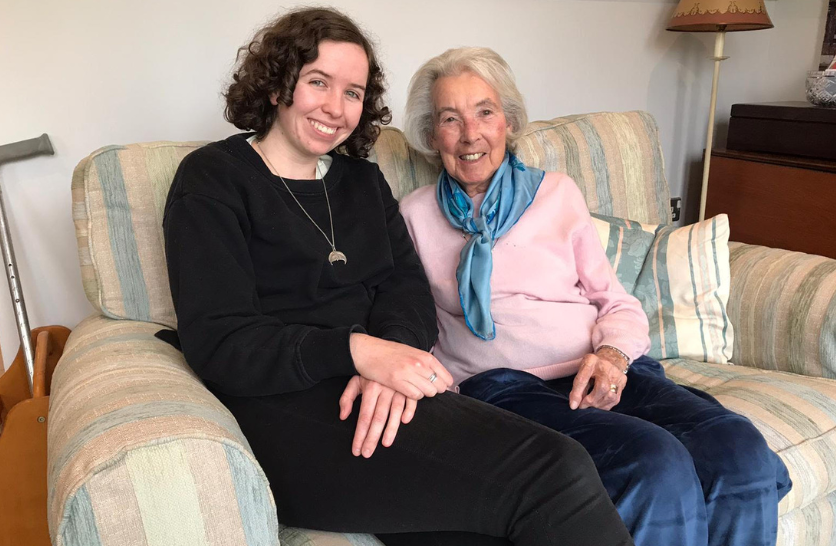
Head over to ILM’s YouTube channel to see their skills in action!
CONTACT
Luke Hetherington
Executive in Charge, Singapore & Sydney ILM Studios
[email protected]
www.ilm.com
